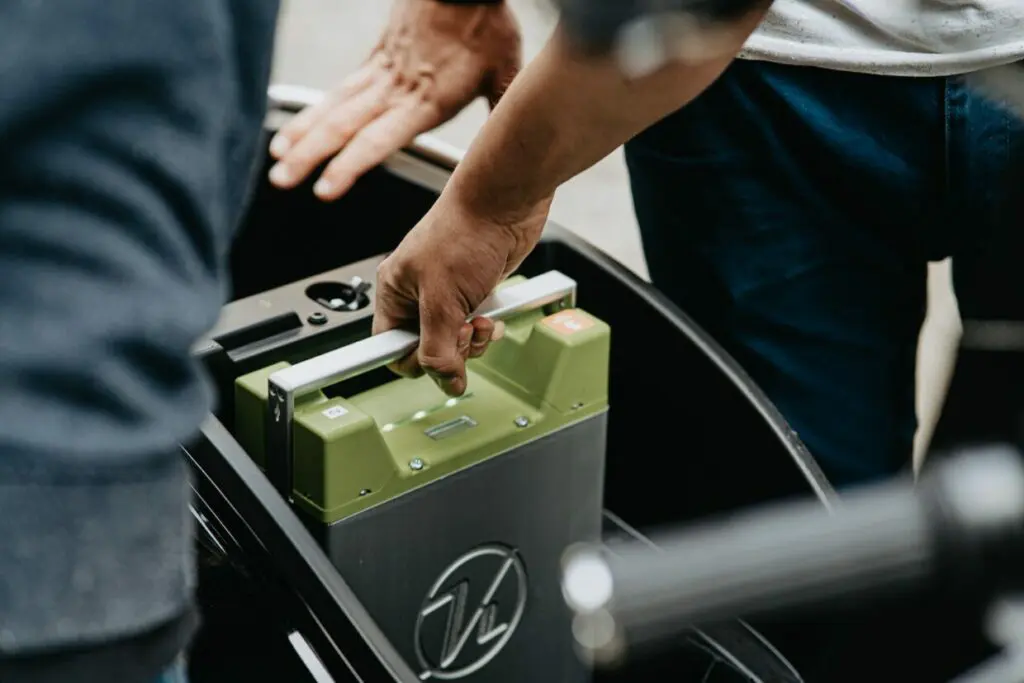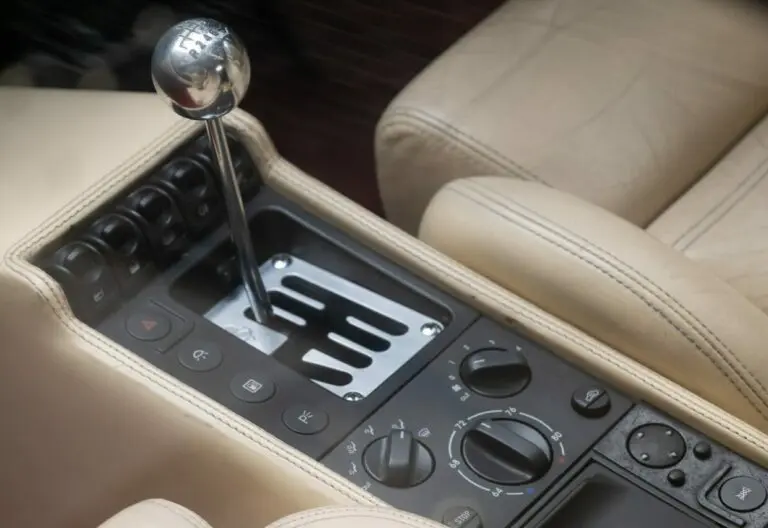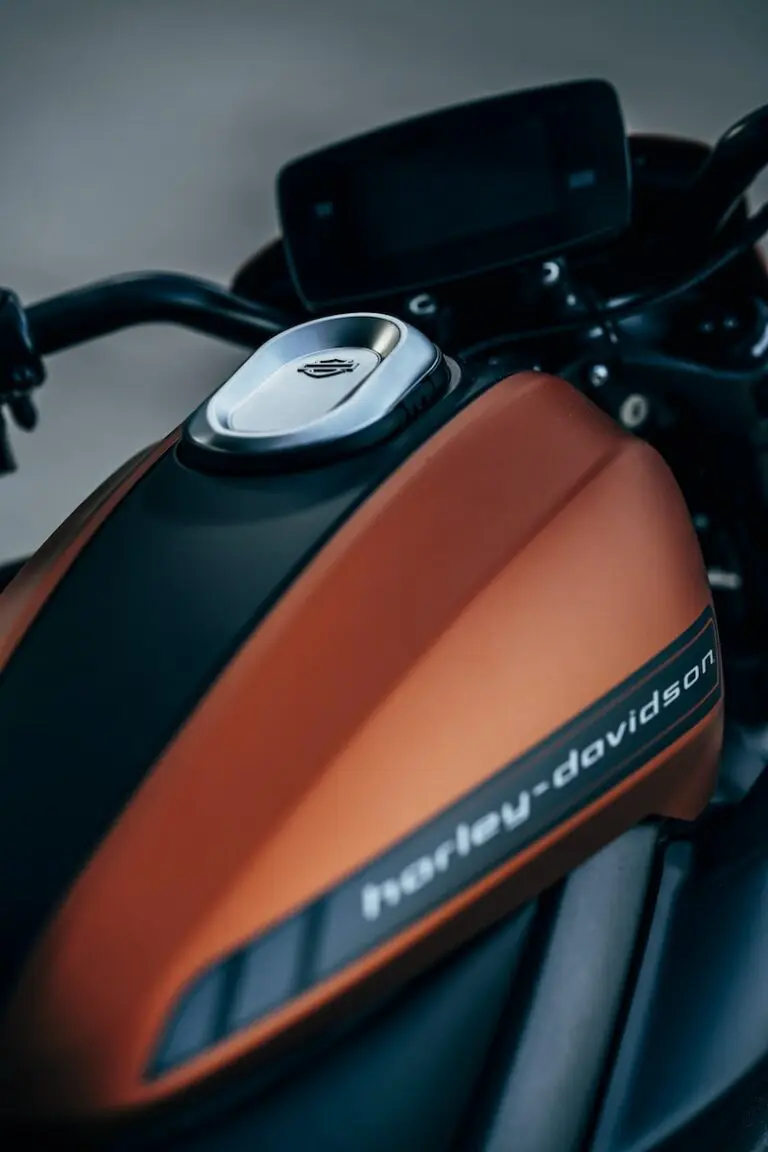Introduction
As the world continues to shift towards renewable energy sources and electric vehicles (EVs) become more prevalent, the importance of efficient and reliable batteries for these vehicles becomes increasingly apparent. One type of battery that has gained a lot of attention in recent years is the lithium-ion battery. These batteries have a number of benefits over traditional lead-acid batteries, and they have become the go-to choice for many EV manufacturers.
What is a lithium-ion battery?
A lithium-ion battery is a type of rechargeable battery that uses lithium ions as the primary charge carrier. These batteries typically have a cathode made of lithium cobalt oxide (LiCoO2), lithium manganese oxide (LiMn2O4), or lithium iron phosphate (LiFePO4), and an anode made of carbon. When the battery is charged, lithium ions move from the anode to the cathode, and when the battery is discharged, the ions move in the opposite direction.
Benefits of Lithium-ion batteries
One of the main benefits of lithium-ion batteries is their high energy density. This means that they can store a lot of energy in a relatively small package. This makes them a great choice for EVs, where space is at a premium. Lithium-ion batteries are also much lighter than lead-acid batteries, which helps to improve the overall efficiency of the vehicle.
Another benefit of lithium-ion batteries is their long life span, which is typically around 10 years, comparing to 4-5 years for Lead-acid batteries. As long as the battery is well-maintained and not overcharged or over-discharged, it should last for many years.
Lithium-ion batteries are also relatively low maintenance. They do not require the constant topping up of water like lead-acid batteries, and they do not produce the gaseous hydrogen and oxygen that can lead to explosions and fires.
How to Use Lithium-ion batteries
To get the most out of your lithium-ion battery, it is important to follow a few basic guidelines:
- Always use a charger specifically designed for lithium-ion batteries.
- Do not overcharge the battery. Most lithium-ion batteries have built-in protection to prevent this, but it’s still important to keep an eye on the charging process.
- Do not over-discharge the battery. This can damage the battery and reduce its overall life span.
- Store the battery in a cool, dry place. Avoid storing it in extreme temperatures.
Precautions
Lithium-ion batteries are generally safe, but there are a few precautions to keep in mind.
- Do not puncture the battery. This can cause a fire or explosion.
- Do not crush or bend the battery. This can also cause a fire or explosion.
- Avoid storing the battery in extreme temperatures, as this can cause thermal runaway and lead to a fire.
- Do not charge or discharge the battery to 100% all the time, over time this will cause a reduction in performance.
The history of lithium-ion batteries
The history of lithium-ion batteries can be traced back to the early 1970s when scientists first began experimenting with lithium as a potential anode material. However, it wasn’t until the 1980s that Sony Corporation developed the first commercial lithium-ion battery. These batteries were initially used in portable electronics, such as laptops and cell phones, and it wasn’t until the 1990s that they started to be used in EVs.
Other Types of Batteries
There are many other types of batteries available, but some of the most common include:
- Lead-acid batteries: These are the most common type of battery and have been used in cars for more than 100 years. They are relatively inexpensive, but they have a lower energy density than lithium-ion batteries, which means they are heavier and take up more space.
- Nickel-cadmium (NiCad) batteries: These batteries are similar to lithium-ion batteries in that they use nickel and cadmium as the primary charge carriers. They are less common than lead-acid batteries, but they have a higher energy density and longer life span than lead-acid batteries. However, they are less stable than Lithium-ion batteries when it comes to temperature and charging conditions.
- Nickel-metal hydride (NiMH) batteries: These batteries are similar to NiCad batteries, but they use nickel and metal hydride instead of cadmium. They are less common than lead-acid batteries, but they have a higher energy density and longer life span than lead-acid batteries. They have similar properties to NiCad.
Conclusion
In conclusion, Lithium-ion batteries are a great choice for EVs and other applications where high energy density and long life span are important. They are also relatively low maintenance and safe to use when proper precautions are taken. However, their cost is still an issue for mass production, making it less affordable for the common public. The technology for lithium-ion batteries is still advancing, and we can expect to see even more efficient and reliable batteries in the near future. Other types of batteries like lead-acid, NiCad, and NiMH have their own characteristics, but Li-ion batteries have shown to be more efficient in terms of energy density, lifespan and safety, making them the preferred option in most cases.



















